First Drive: The Revolution A-One Is a Track-Only Beast Designed to Make You a Better Racer

Sometimes a Ferrari or Lamborghini just isn’t enough. For serious drivers—serious enough to test their mettle on track—the Revolution A-One brings speed and sensation that even seven-figure hypercars can’t match.
The catch? The Revolution A-One isn’t a street-legal sports car at all. Forget preening through South Beach, or casually dropping the names of high-profile marques at parties—the Revolution moniker will draw a blank. This featherweight two-seater aims to give drivers an addictive taste of Sports Prototype racing, with a welcome backstop of safety and durability. It’s the ultimate training tool for those of any skill level, including gentlemen racers with dreams of becoming the next Paul Newman or Patrick Dempsey. And considering its soul-stirring ways, the A-One is a square deal at about $192,000 to start.
More from Robb Report
Michelin's First Toronto Guide Debuted This Fall, but Not Everyone Is Starstruck
Jay-Z Once Featured This Massive NYC Penthouse in a Music Video. Now It Can Be Yours.
The 10 Best Colognes for Men to Wear on Date Night, at the Office and Everywhere in Between
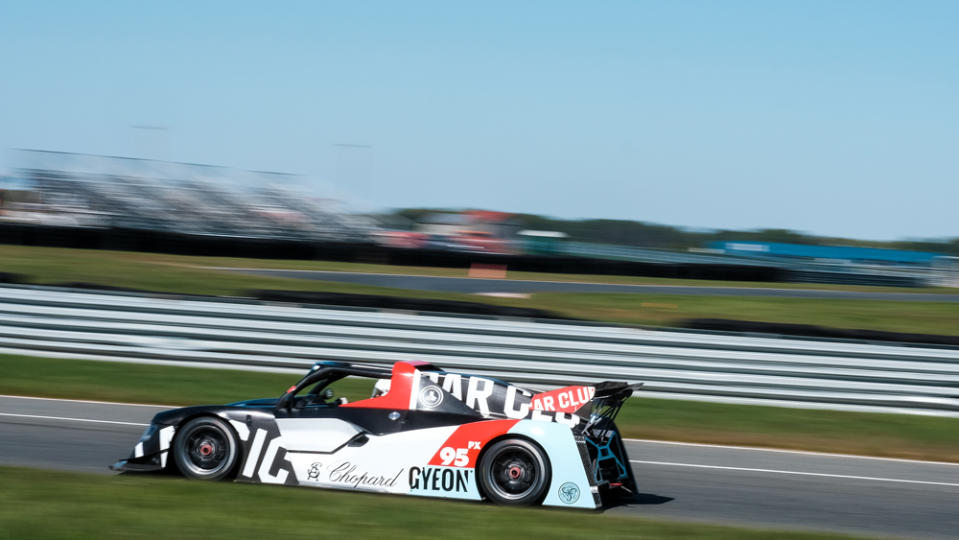
One look at the UK-built Revolution race car, glowering in the paddock at New Jersey Motorsports Park, assures me that my endorphin level is about to spike. Soon, I’m suited up and clambering over a Formula 1-style halo that protects occupants from flying debris, or a rival car that might land atop the otherwise-exposed cockpit, as one unscathed Revolution driver experienced at a Formula 1 support race in Monza, Italy. I strap into a six-point harness, as a crew member helps attach my spine-protecting HANS device.
After one mildly embarrassing stall-out—a clutch pedal gets first gear rolling, the rest is paddle-shifted ease—I roll through pit lane and blast straight to heaven, accompanied by a choir of vengeful cylinders that pierce my helmet at 108 decibels. The easy-peasy paddle-shift transmission is from France’s 3MO, known for its World Rally Car gearboxes.
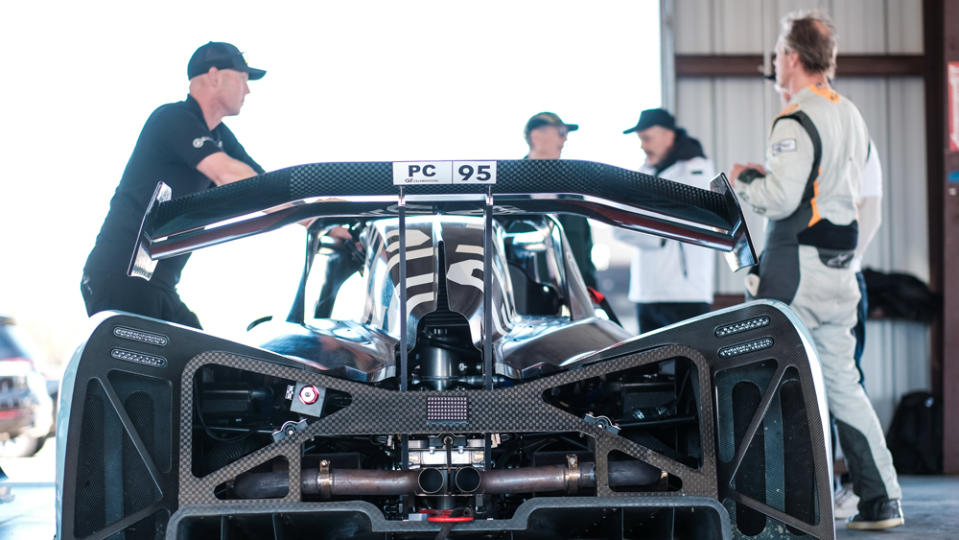
In the most-experienced hands, the Revolution has been putting up lap times that scarcely compute at these prices: barely a second behind wicked LMP3 prototypes that blur the scenery at Le Mans, Daytona and other storied circuits. Yet unlike such unapproachable machines, the A-One maintains a sense of noblesse oblige for amateurs like myself: The car exudes balance and confidence, allowing me to focus on my line and technique and not worry about extraneous matters or a potential spin-out. A multi-position traction control lets drivers steadily build speed and confidence, lap after lap. It’s all thrillingly elemental, like a kart but amplified by a factor of 10, and a reminder of what fast driving is supposed to feel like.
An ankle-height, carbon-fiber front wing and sky-scraping rear wing underline the hardcore racing goal: massive aerodynamic downforce pins the car from above and sucks it to the pavement below. That’s the key to leech-like cornering grip and crushingly short stops at more than 2.5 g’s of deceleration. Forget doors, headlamps, airbags or any audio or ventilation systems; it eschews any creature comforts or regulatory compromises that saddle even the best street-legal performers with at least 1,000 pounds worth of extra weight. This machine, though, tips the scales at as little as 1,804 pounds, less than half the mass of the new Corvette Z06, and 1,230 pounds less than a 2023 Porsche 911 GT3 RS.
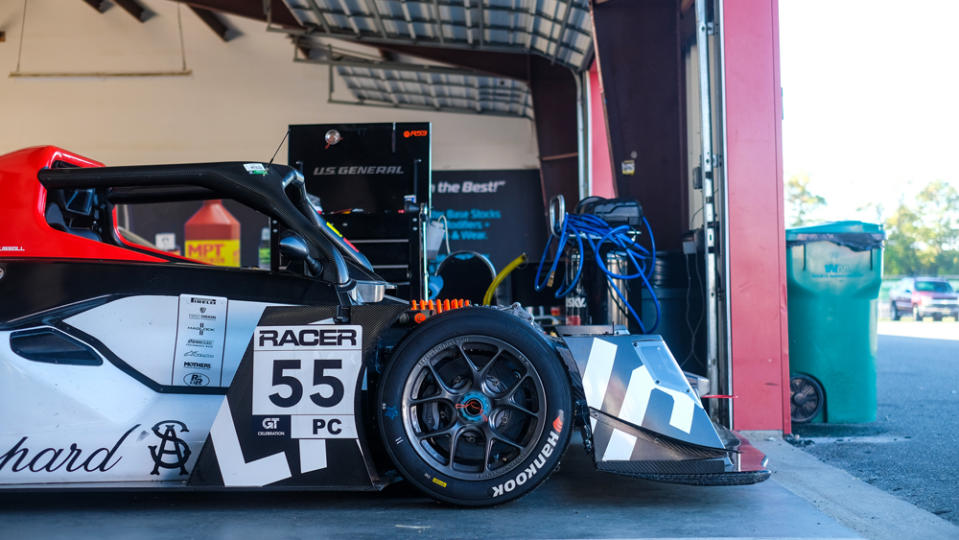
This svelte British model is the brainchild of Phil Abbott, the now departed cofounder of Radical, whose sports racers slayed giants to set a Nürburgring lap record in 2005. The A-One improves on the Radical’s relatively antiquated tube-frame construction with a stiff carbon-fiber chassis, sophisticated enough to receive safety approval from the FIA, the governing body of Formula 1 and other motorsport. The bodywork is also largely carbon fiber, strong enough for me to clamber over as I settle into the cockpit with no worries over pricey dings.
Instead of the Radical’s (mainly) Kawasaki and Suzuki motorcycle engines, the Revolution starts with a humble 3.7-liter Ford V-6 that has powered everything from Mustangs to the Ford Transit van and police Interceptors. Revolution adds a six-throttle induction system, stuffs in a belt-driven supercharger and slices three inches off the engine’s bottom to add low-slung, dry-sump lubrication. Add new pistons and cam profiles, and the Ford mill suddenly rages with 500 hp, or 427 horses in naturally aspirated form.
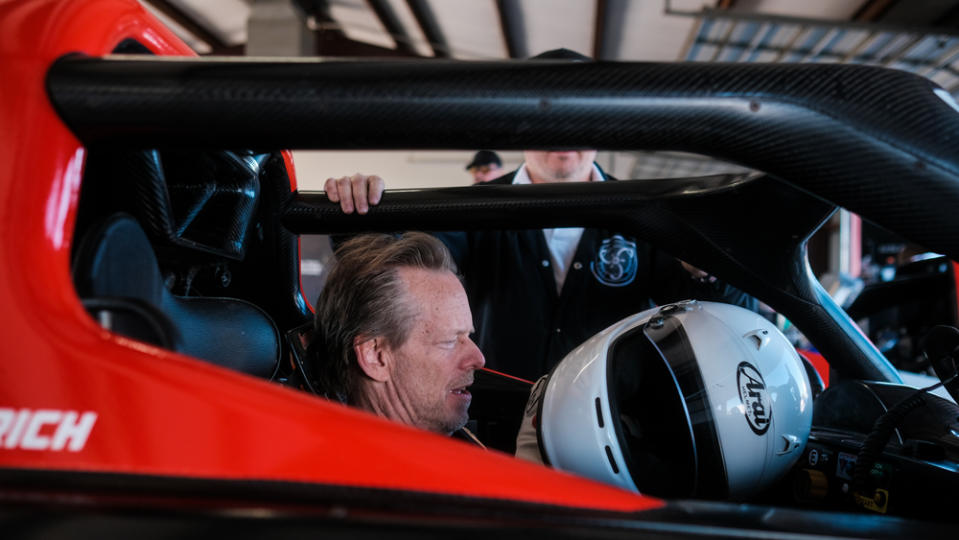
An elegant double-wishbone suspension can be easily tuned for various circuits. Ease-of-use and low running costs are also key for an audience of ambitious amateur racers: The A-One runs on 93-octane pump gasoline, and is designed to scorch tracks for 6,200 miles—or 100 hours—without major mechanical tinkering required.
Styling is by Simon Cox, the former Infiniti and General Motors designer. But the A-One’s aggressive looks are secondary to pure functionality. That fortress-like structure and Formula 1–style carbon-fiber crash box is from Germany’s Carbon Composite Solutions. It employs a resin-infusion process, akin to McLaren’s, that saves time, money and energy by molding and curing fiber at easy-bake temperatures.
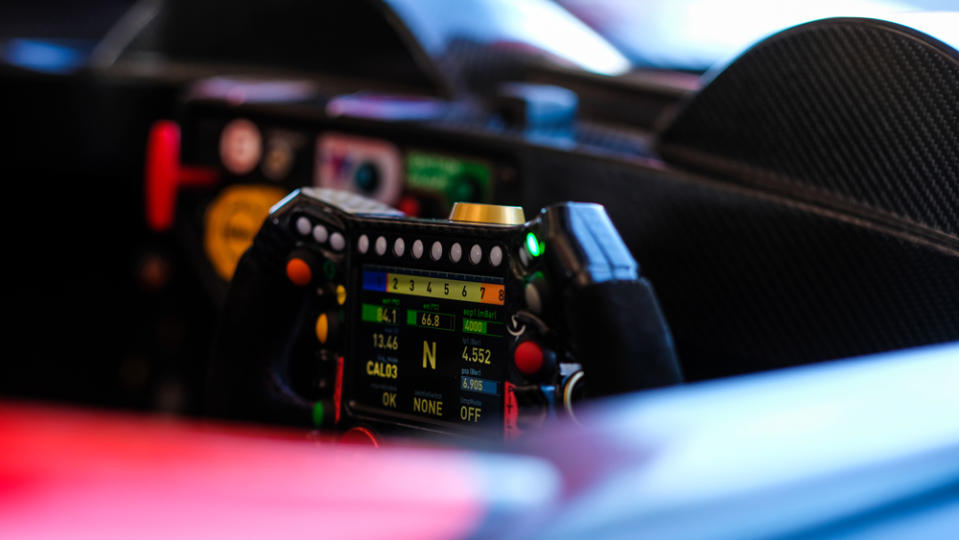
Peter Watt, the former head of composites at the BAR Formula 1 team, who also worked on Bentley’s Le Mans program and the Bugatti Veyron, led structural and CAD design. Extensive computational fluid dynamics (CFD) simulations ensure that downforce is an ever-present wingman, and that it doesn’t disappear with little warning as on some race cars. James Abbott, Revolution’s lead development driver and scion, rides shotgun with me for a few laps and pulls my own driving data, showing me how I could be attacking the brakes with more gusto. I head back onto the track and give it the college try.
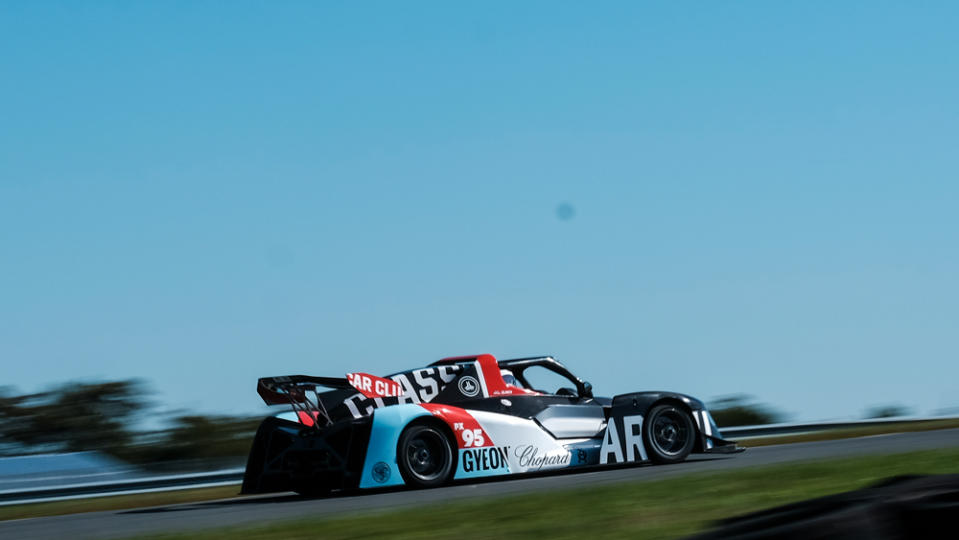
Coincidentally, I’ve come to southern New Jersey just days after driving the Porsche 911 GT3 RS at Silverstone, the famed Formula 1 circuit and mecca of British motorsport. The GT3 RS itself generates 1,875 pounds of maximum downforce at 177 mph, triple that of a standard GT3, and more than any showroom car in history. But even the Porsche’s pavement-sticking force—about 900 pounds at 124 mph—can’t touch the Revolution’s 1,500-plus pounds at just 110 mph.
The Porsche is a spectacular car, a Nürburgring terror. But ultimately, it’s still a street car designed for the track, and a track car that must make compromises for livability and regulations on the street. The Revolution A-One, on the other hand, is uncompromised and the ultimate track trainer—driving coach not included.
Click here for more photos of the Revolution A-One.
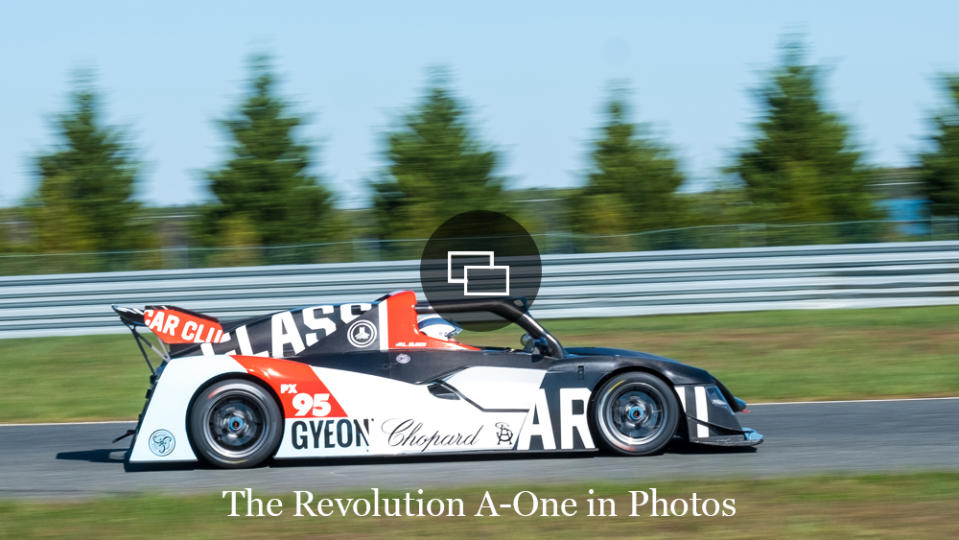
Best of Robb Report
The Chevy C8 Corvette: Everything We Know About the Powerful Mid-Engine Beast
The 15 Best Travel Trailers for Every Kind of Road-Trip Adventure
Sign up for Robb Report's Newsletter. For the latest news, follow us on Facebook, Twitter, and Instagram.

